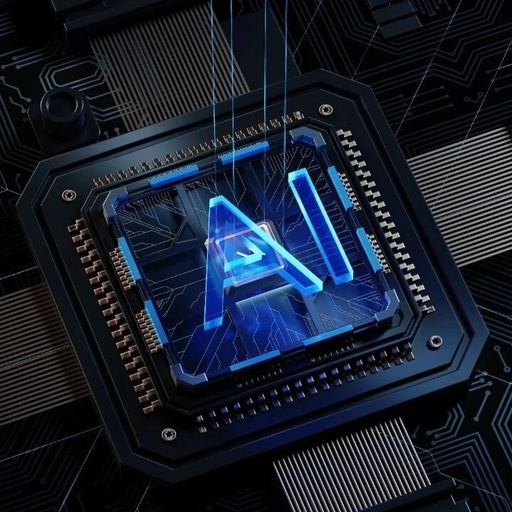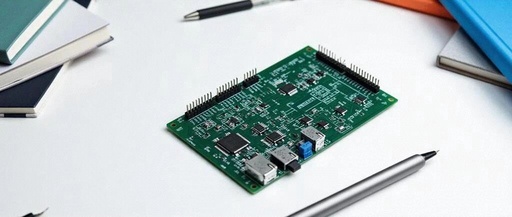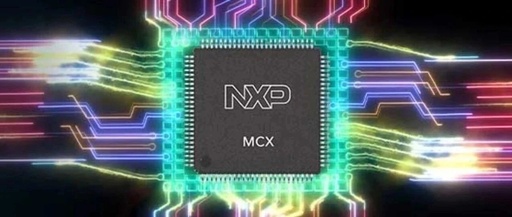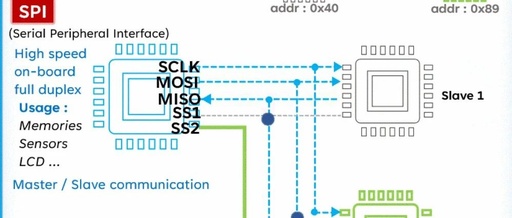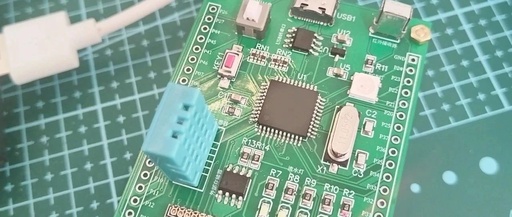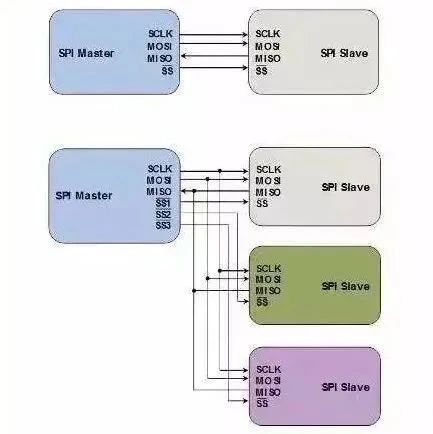Common Pitfalls for ESP32 Beginners
When I was developing products, I used to scoff at the ESP32, thinking it was just a toy, lacking reliability, ease of use, and anti-interference capabilities for actual products. However, later on, when some of Xiaomi’s smart home products began to adopt it in large quantities, my perspective changed slightly. Nevertheless, I still wouldn’t use … Read more
